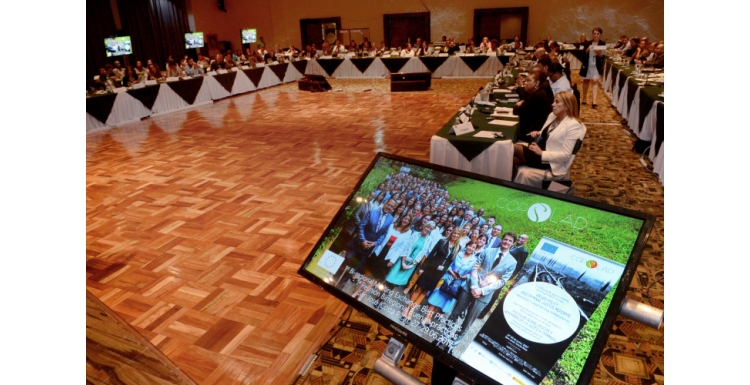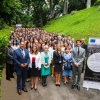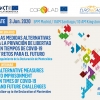Exchange of best practices in key areas of DDR: bi-regional meetings to identify and exchange best and innovative practices to face emerging challenges

The Report on drug use in the Americas (CICAD, 2015), clearly documents the onset of emerging threats in CELAC countries in relation to consumption patterns and risk behaviours associated with drugs. Those problems outline the need for identifying best and innovative practices to face them. In this framework during C2, three bi-regional meetings will serve to identify and exchange best practices regarding specific subjects, e.g.: programmes for populations at risk of social exclusion, paying special attention to at high risk adolescents, threatened and exposed to contexts of violence and crime related to drugs; programmes for inmates; and specific prevention programmes for youth using alcohol-tobacco-marihuana (universal, selective and indicated).
Development of the activity
-
Bi-regional meeting to enhance the exchange of best practices: Drugs Policy and criminal justice reform: alternative treatment to prison for drug offences
Go to activity27/06/17 - 29/06/17
San José, Costa Rica
-
Bi-regional conference on fostering the use of alternative measures to imprisonment
Go to activity19/09/19 - 20/09/19
Montevideo, Uruguay
-
Bi-regional meeting for the exchange of best practices in Drug Demand Reduction: Accreditation and Quality Assurance
Go to activity27/11/19 - 28/11/19
Panama City, Panama
-
Alternative Measures to Imprisionment in times of COVID-19 and future challenges. Follow-up to the Declaration of Montevideo
Go to activity03/06/20
Zoom Platform
Operative Dimension
- Code
- 2.3
- Year
- 2025
- Component
- C2 - Drugs Demand Reduction
- Execution Level
- Ongoing
- Activity Types
- Associated operational objectives
-
0.1 - Establish the necessary operational bases to ensure the quality and coherence of the work to be performed and the necessary coordination and participation of all partners.
0.3 - Ensure visibility of COPOLAD and its activities and disseminate the contents in the main political and professional forums in the field of drug policies to be held both internationally and in CELAC.
0.4 - Establish the necessary institutional contacts to avoid duplication with already developed initiatives and ensure synergies with ongoing initiatives, both within the EU and CELAC.
2.1 - Assess existing needs in DDR, to define specific final contents of foreseen activities under Component 2, adjusting them according to different groups of countries.
2.4 - Promote the identification and exchange of best practices for populations at risk of social exclusion (selective and indicated prevention), paying special attention to teens threatened by contexts of crime and violence; or other populations at risk.
2.6 - Maintain a project-supported initiative, which ensures the availability of planning and evaluation tools, in a way that becomes self-sustaining beyond the duration of the programme.
- Indicators
-
Identified and exchanged among all participating countries of, at least, 10 best practices for populations at risk of social exclusion (selective and indicated prevention), paying special attention to teens threatened by contexts of crime and violence; or other populations at risk.
Identified and exchanged among all participating countries of, at least, 10 best practices for populations at risk of social exclusion (selective and indicated prevention), paying special attention to teens threatened by contexts of crime and violence; or other populations at risk.
Activity Information
- Description
- Operative Dimension
- Theoretical Dimension





